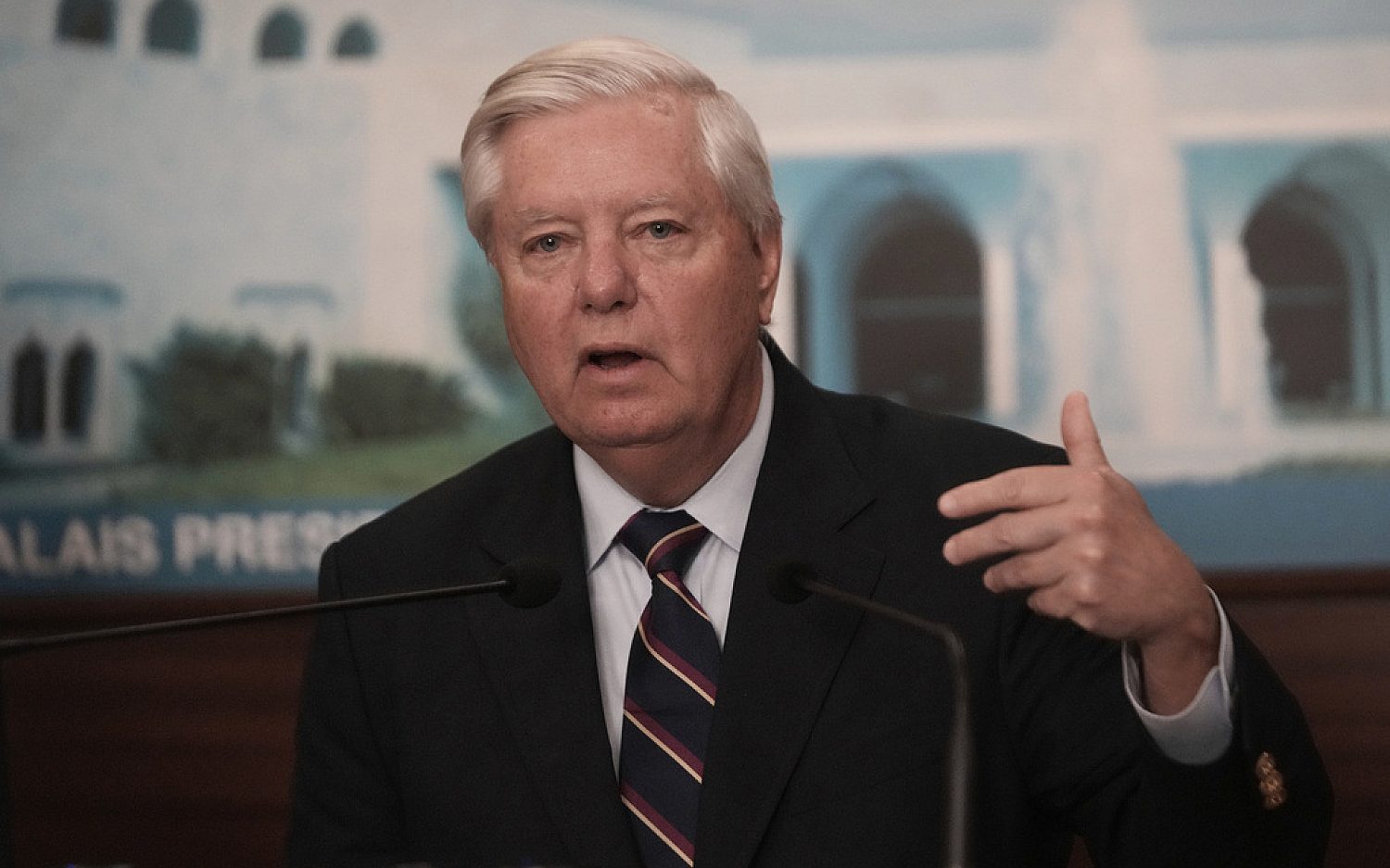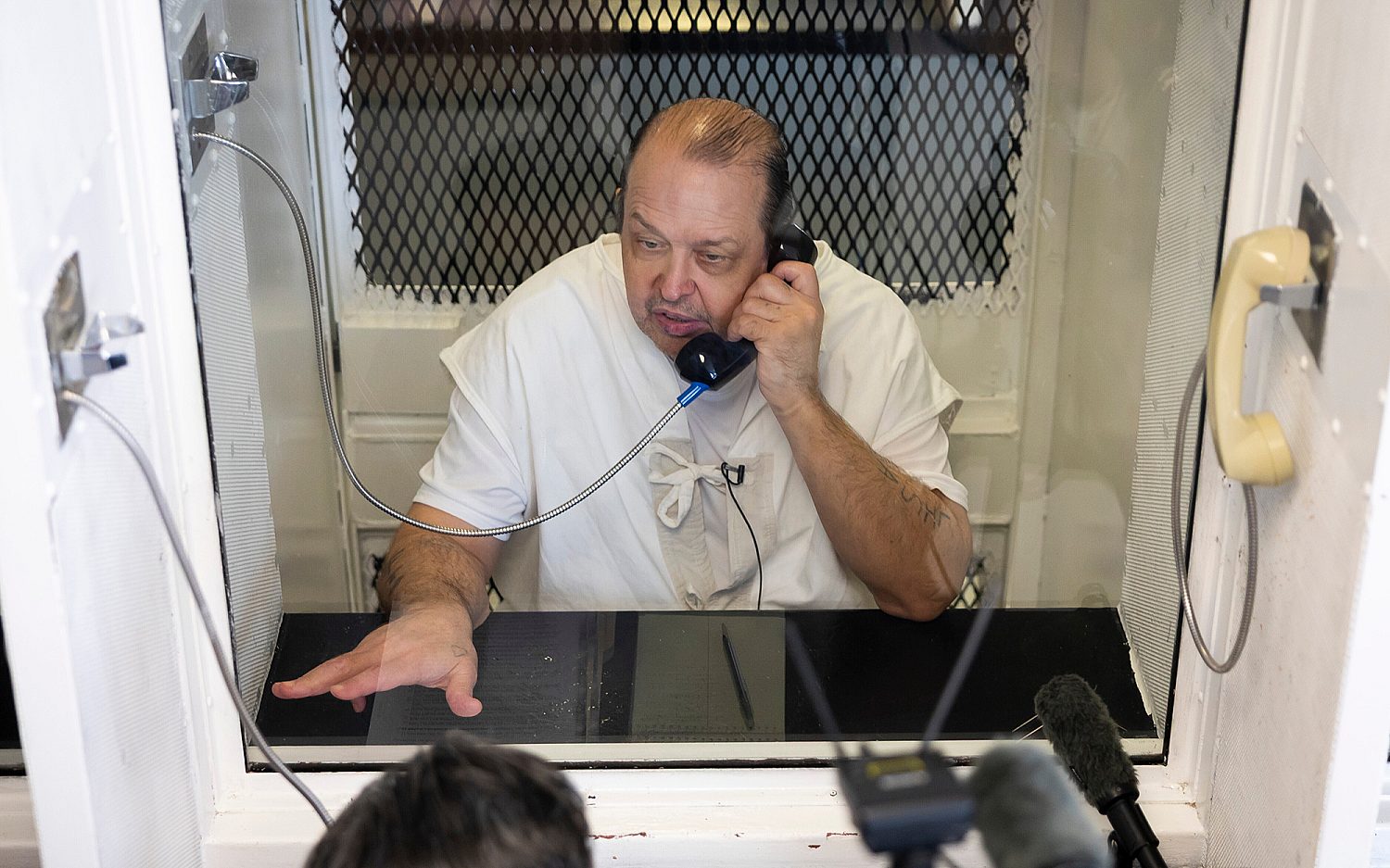Do older recruits make better soldiers?
More than half of all U.S. Army recruits are choosing to join later in life instead of immediately after high school graduation, and these older soldiers tend to reenlist and be promoted at greater rates than their younger peers, according to a new RAND Corporation study.
In 2008 and 2009, RAND researchers surveyed 5,373 recruits at the Army’s five basic training bases. They found that since 2005, the majority of Army recruits have been people who did not enlist immediately after high school.
“This model of coming directly from high school had become the dominant paradigm,” said Bernard Rostker, lead author of the study and a senior fellow at RAND, a nonprofit research organization. “It was the way we looked at how well we were doing. We were not paying as much attention as we should with this large group of people who come to the military after trying either college or community college or work.”
When Rostker and his colleagues compared the older recruits, ages 22 to 42, to a nationally representative group of American youths who did not join the military, they found that the older recruits were significantly less likely to have attended college—a large proportion were high school dropouts who later passed the GED examination before enlisting in the Army. They also had less work experience than the comparison group.
When asked why they decided to join the Army, about a third of those who enlisted later said there were “no jobs at home” and about half were of the view that the jobs that were available were “dead-end jobs.”
“For these older recruits, the Army provided a second chance,” Rostker said. “Joining the Army gave them an opportunity to leave home and start again—even though they understood that in doing so, they were likely to be deployed to a combat zone.”
The poorer economic performance of the older recruits prior to enlisting didn’t translate into poor behavior or performance in the military. In fact, the RAND researchers found the opposite.“Those who joined later actually did better in the military than those who came directly out of high school, on average,” Rostker said.
The oldest recruits, between 28 and 42, are much more likely to be promoted to a noncommissioned officer after four or six years of service, attaining the rank of E-5. At four years, the combined retention and promotion effect is 6 percentage points higher and at six years, the combined effect is 4 percentage points higher. For slightly younger recruits—those aged 25 to 27—the differences are even larger: 9 percentage points at four years and 7 percentage points at six years.
To better tap into this market and understand more about how these recruits perform over time, Rostker said the Army might want to invest some of its recruitment resources on targeting older youths who do not go to college: “Our findings suggest that these older youths will continue to be a valuable source of future recruits for the military.”
An actual newsletter worth subscribing to instead of just a collection of links. —Adam
Sign up to receive The Sift email newsletter each weekday morning for the latest headlines from WORLD’s breaking news team.




Please wait while we load the latest comments...
Comments
Please register, subscribe, or log in to comment on this article.